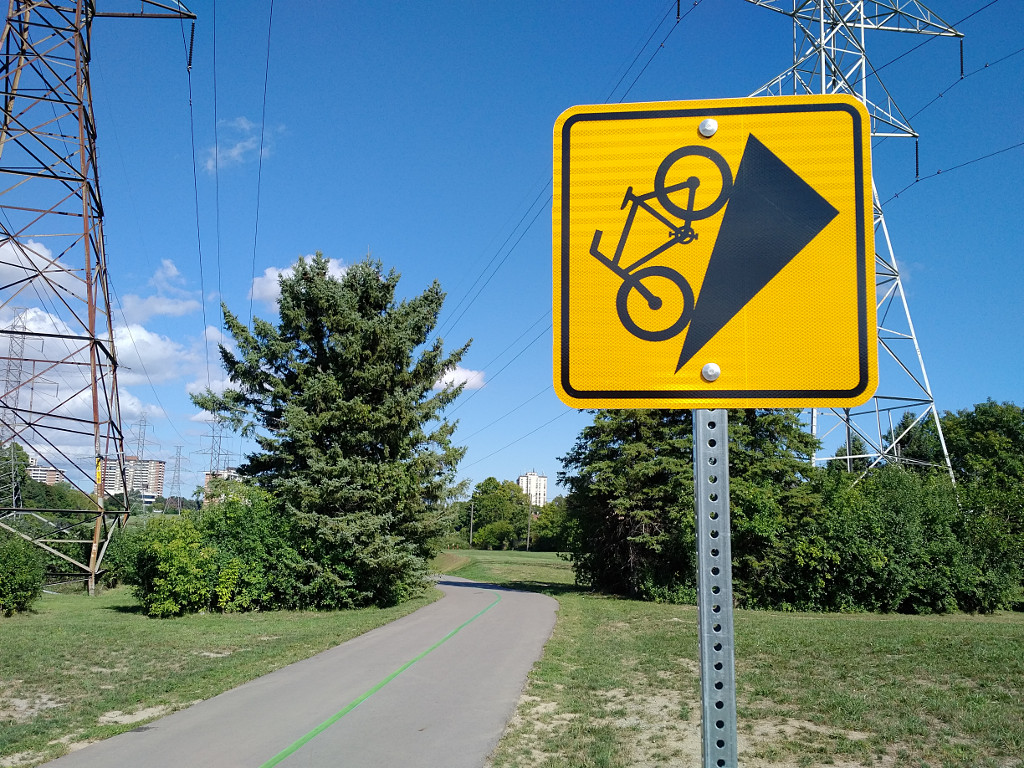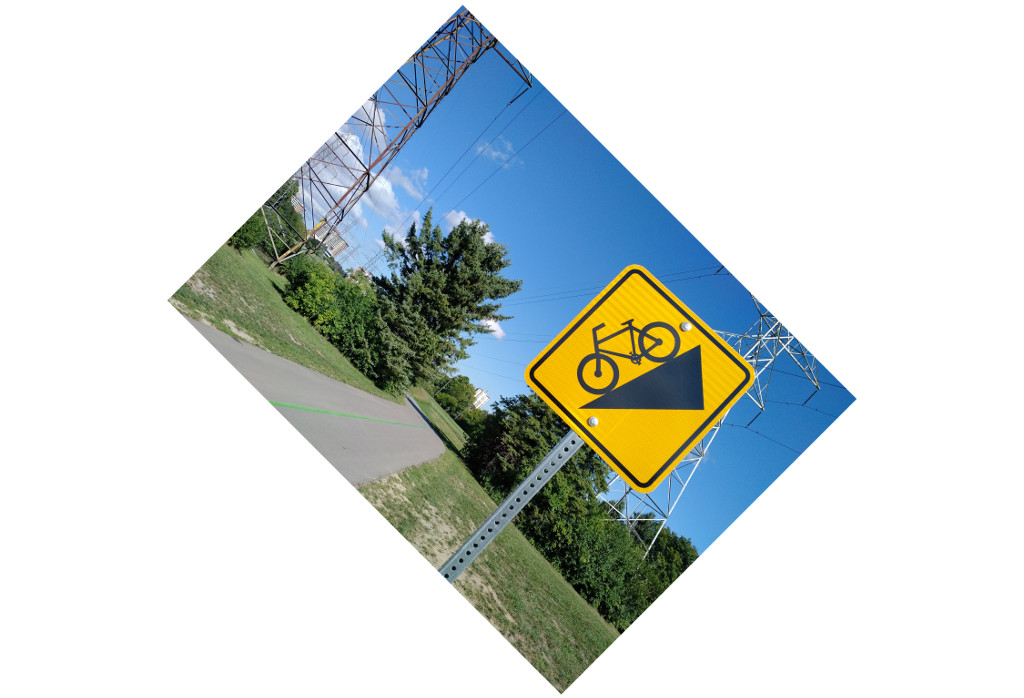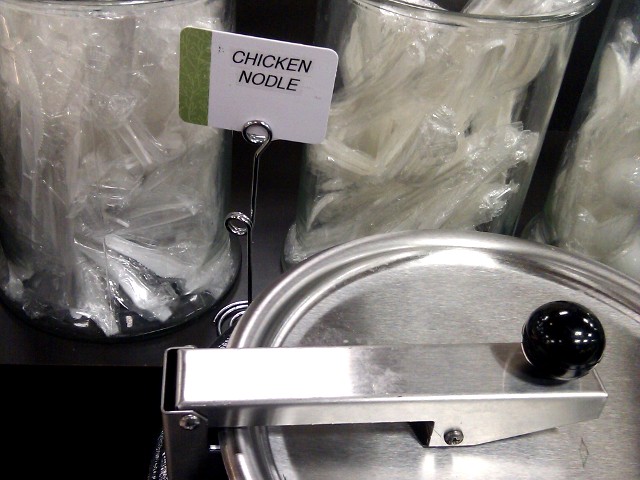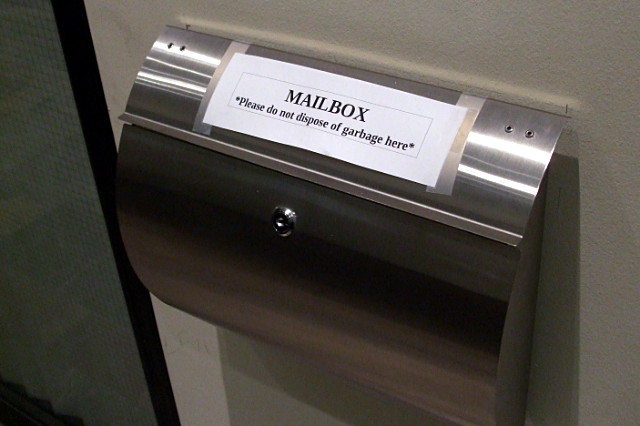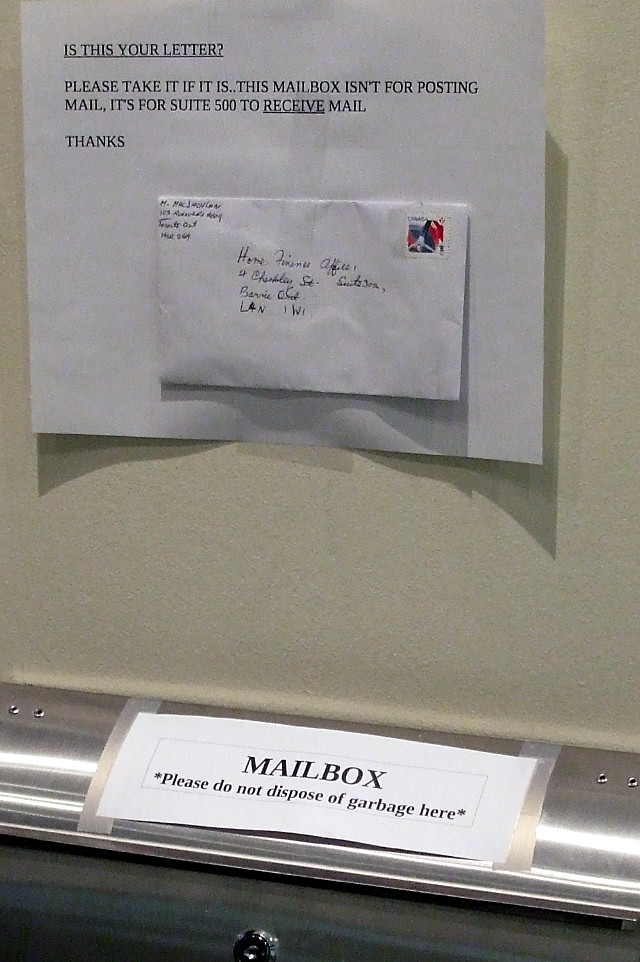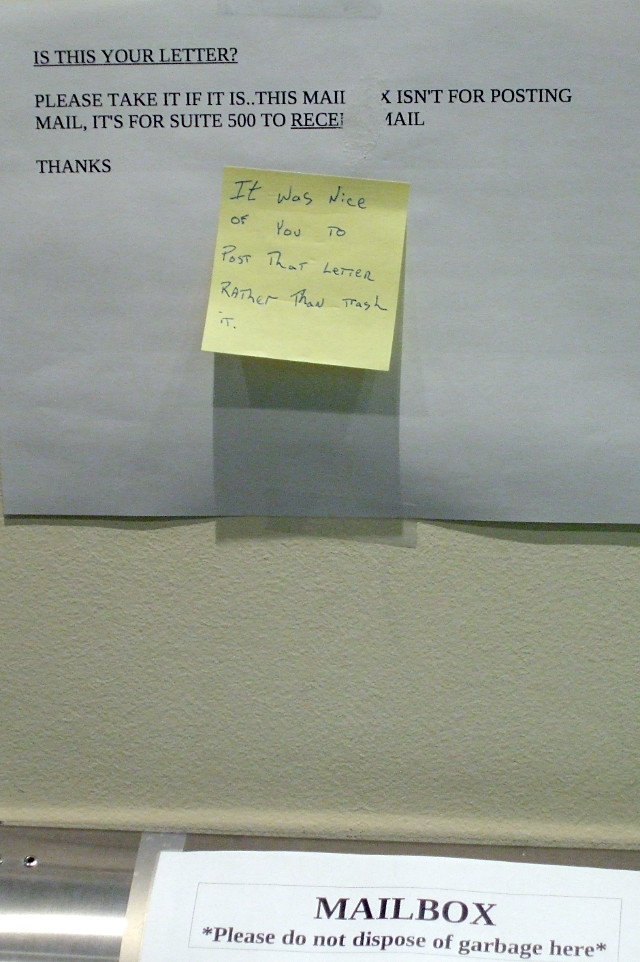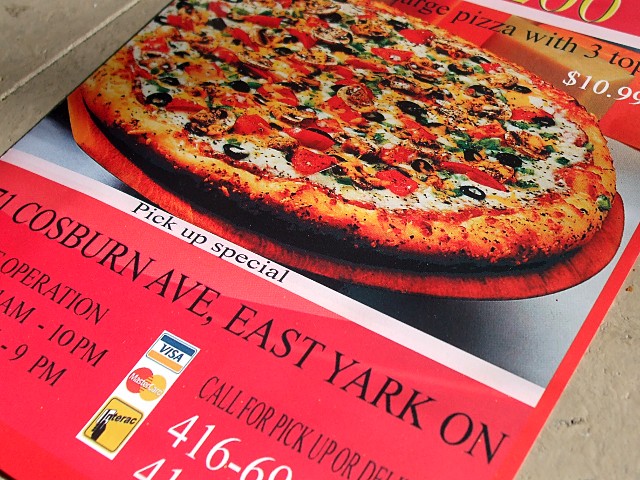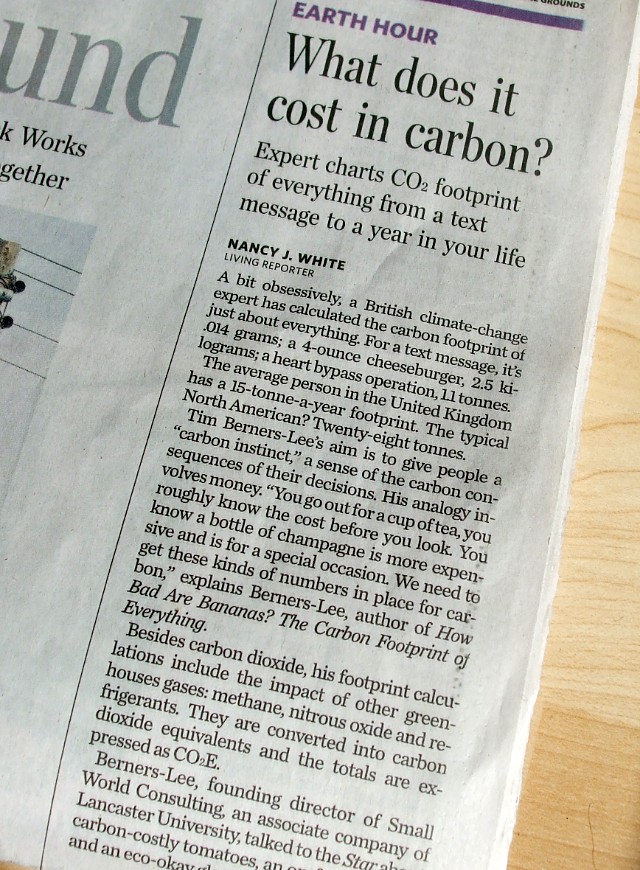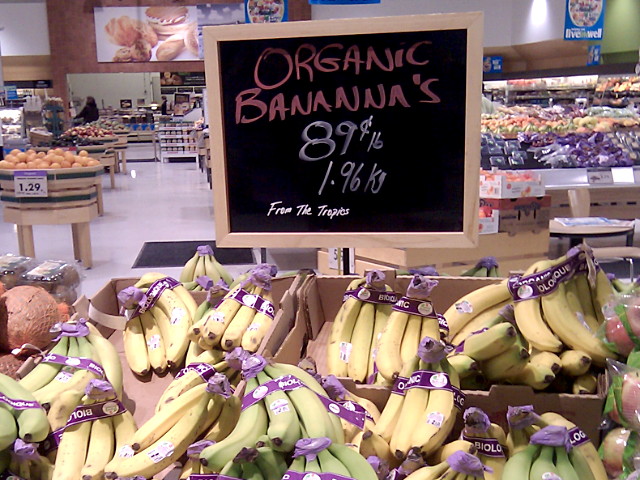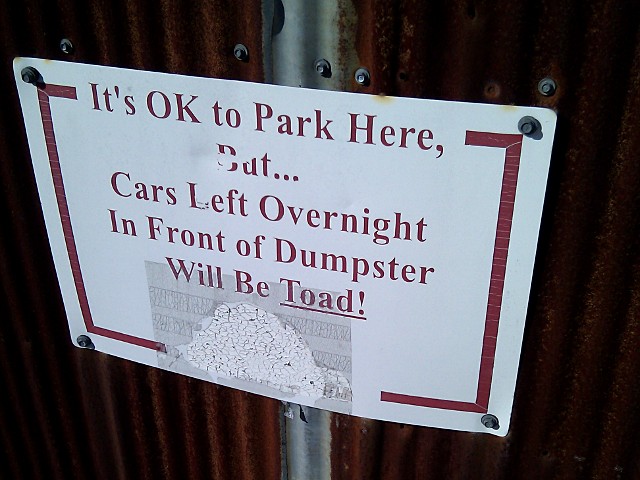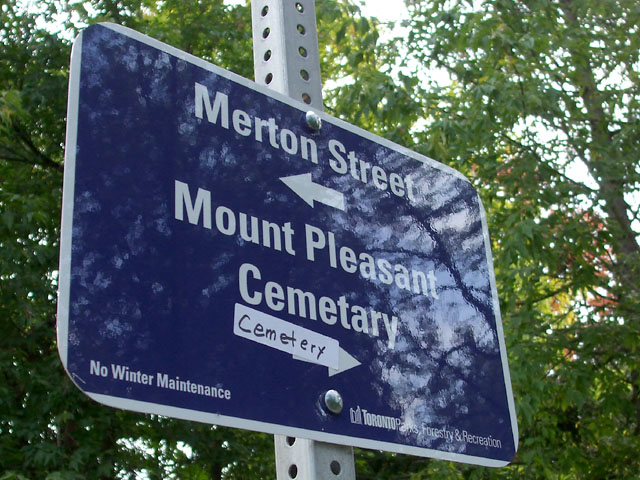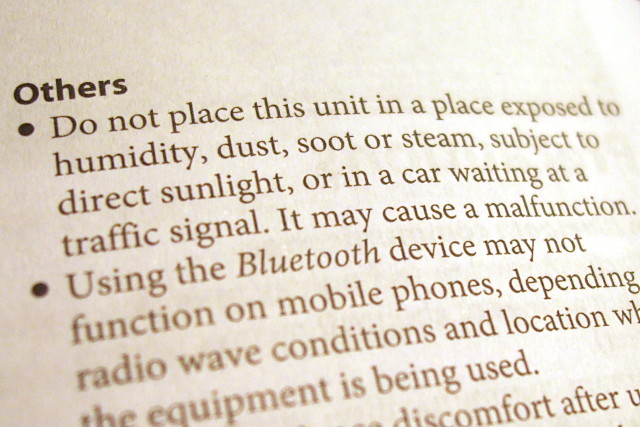
Among the various disclaimers and warnings in the manual that accompanied a new Bluetooth headset was this oddity:
Do not place this unit in a place exposed to humidity, dust, soot or steam, subject to direct sunlight, or in a car waiting at a traffic signal. It may cause a malfunction.
Huh? I’ve seen my share of odd warnings, but warning against using something “in a car waiting at a traffic signal”? This is new to me. So assuming I have this thing in my car while I go from A to B, what am I supposed to do when I reach a red light? “Yes, I saw the red light officer, but do you know how dangerous it would have been for me to stop? I have a bluetooth headset in my bag!”
For the record, Sony informed me that this is an error in the manual and it’s meant to caution against using the headset while driving. I’m not at all sure how that would “cause a malfunction,” though. Either way, I’d say that this warning is a good argument against writing owner’s manuals while in a car, whether driving or stopped at a red light.
